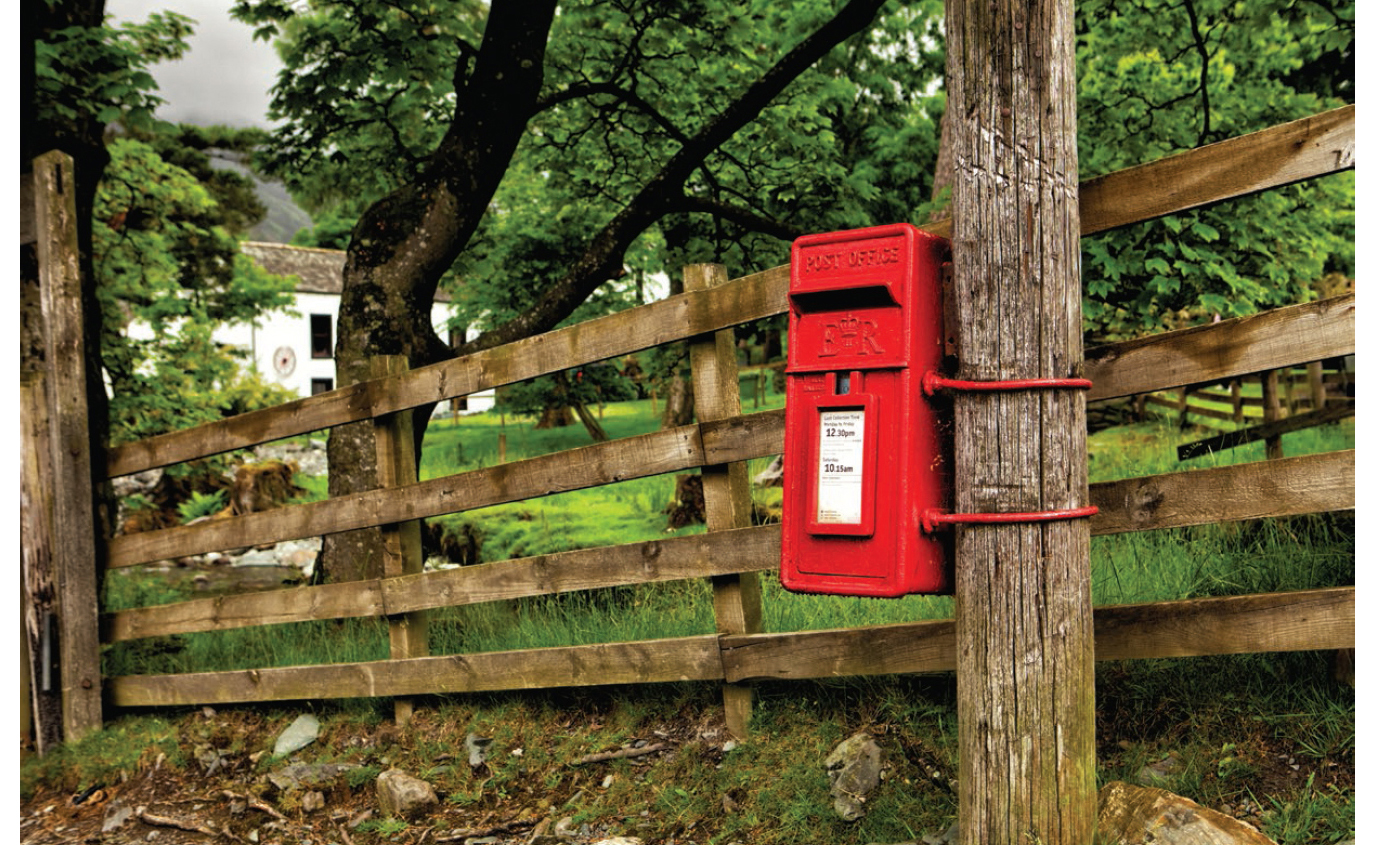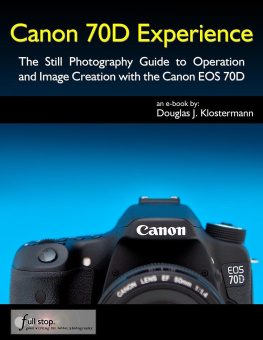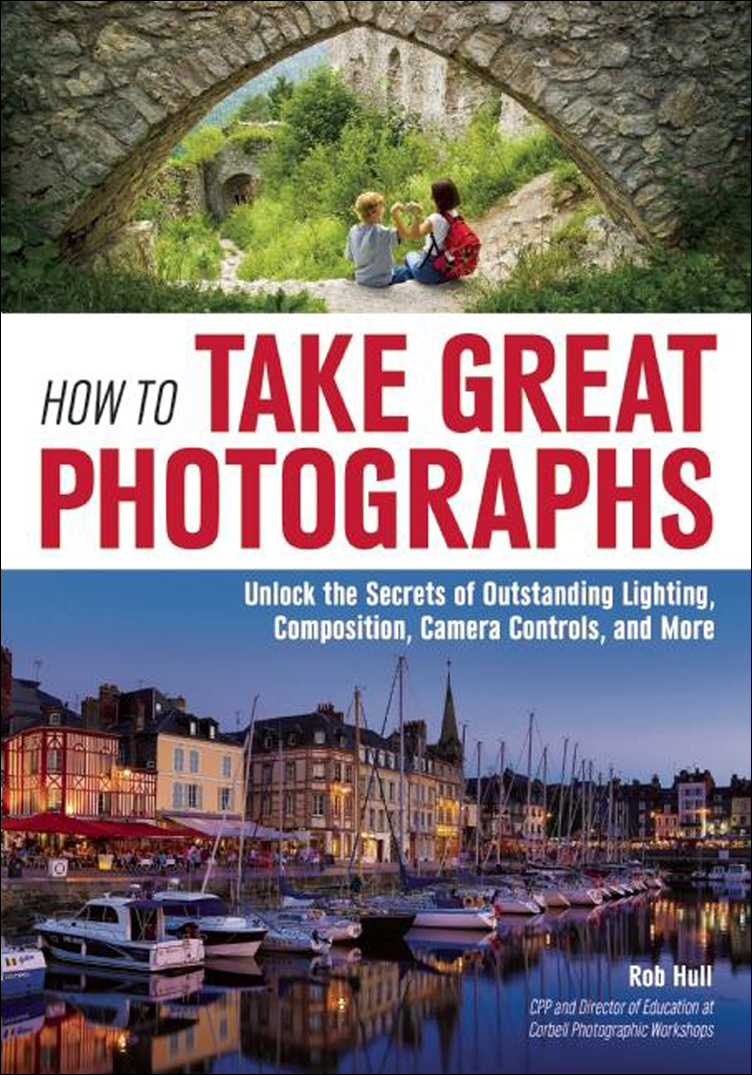
Table of Contents
Guide
Copyright 2016 by Rob Hull.
All rights reserved.
All photographs by the author unless otherwise noted.
Published by:
Amherst Media, Inc.
PO BOX 538
Buffalo, NY 14213
www.AmherstMedia.com
Publisher: Craig Alesse
Senior Editor/Production Manager: Michelle Perkins
Editors: Barbara A. Lynch-Johnt, Beth Alesse
Acquisitions Editor: Harvey Goldstein
Associate Publisher: Kate Neaverth
Editorial Assistance from: Carey A. Miller, Sally Jarzab, John S. Loder
Business Manager: Adam Richards
Warehouse and Fulfillment Manager: Roger Singo
ISBN-13: 978-1-68203-060-8
Library of Congress Control Number: 2016931505
10 9 8 7 6 5 4 3 2 1
No part of this publication may be reproduced, stored, or transmitted in any form or by any means, electronic, mechanical, photocopied, recorded or otherwise, without prior written consent from the publisher.
Notice of Disclaimer: The information contained in this book is based on the authors experience and opinions. The author and publisher will not be held liable for the use or misuse of the information in this book.

www.facebook.com/AmherstMediaInc
www.youtube.com/AmherstMedia
www.twitter.com/AmherstMedia
CONTENTS






DEAD HORSE POINT STATE PARK. f/11, 
 second, ISO 100 at 17mm. Dead Horse Point is a great vantage point from which to watch the rising sun as it rakes across the canyon 2,000 feet below.
second, ISO 100 at 17mm. Dead Horse Point is a great vantage point from which to watch the rising sun as it rakes across the canyon 2,000 feet below.
As a photographer, you are capturing light to create a photographic image. In fact, the etymology of the word photography roughly translates to painting or drawing with light. So its no wonder that light is the single most important element in the photographic process, and understanding light is essential to great photography.
Photographically, we talk about light in terms of its intensity, color, and direction. Collectively, these elements define the quality of light. The better you understand each of these elements and the associated camera controls, the better your images will become.
Intensity is the brightness of the light that falls upon your subject. As you can imagine, light intensity can vary greatly, from the bright direct sunlight on a beach to a single candle illuminating a dark room.
Some scenes are bathed evenly with light, and the image recorded by the camera displays a pleasing range of tonal values with image detail clearly evident throughout the scene. In others, there may be bright and dark areas, resulting in an image in which shadow and highlight details can be easily lost. Losing details in shadow or highlight isnt necessarily a bad thing. Photographers can use such compositional tools to their advantage, but in general its something youll want to avoid.
Light intensity also dictates what exposure settings are used on your camera. Using the internal light meter, your camera calculates settings for ISO, aperture, and shutter speed.
Every light source has a distinctive color profile. Photographically, direct sunlight is considered white light. That is, it contains an even balance of all the colors or hues. When you move into the shade, you will find that the light takes on a blue cast. This is because your light source is no longer the direct sunlight but instead is the expansive blue sky. A glowing incandescent lightbulb emits light with a distinctive amber hue.

VERSAILLES KITCHEN. 
 second, f/2.8, ISO 6400. In this image of the kitchen at Versailles, you can clearly see the three elements of light. The varying intensity of the light plays in the shadows and highlights, while the colors of the window light and the lantern are clearly different. The direction of the light accentuates the architecture.
second, f/2.8, ISO 6400. In this image of the kitchen at Versailles, you can clearly see the three elements of light. The varying intensity of the light plays in the shadows and highlights, while the colors of the window light and the lantern are clearly different. The direction of the light accentuates the architecture.
Often we want to capture these colors in all their vibrancy and intensity, just as you would if you were photographing a beautiful sunset. But, all too often, we want to correct for unwanted color like the blue cast that envelopes a person in open shade. To control these variations in color you use the cameras white balance feature.

PARAPORTIANI, GREECE. 
 second, f/8, ISO 100. There are over 400 churches on the island of Mykonos, Greece, and the most famous is the church Paraportiani. In reality, it is a group of five small churches that now form this architectural wonder.
second, f/8, ISO 100. There are over 400 churches on the island of Mykonos, Greece, and the most famous is the church Paraportiani. In reality, it is a group of five small churches that now form this architectural wonder.

MOUNTAIN LION. In the western foothills of the Rocky Mountains, the late-afternoon sun bathes this mountain lion in beautiful warm light. We waited until the very last light of the day to photograph this wonderful animal, knowing that the quality of this light would enhance the image.

ENGLISH POST BOX. 
 second, f/6.3, ISO 400. The red post box stands in stark contrast to the surrounding English countryside.
second, f/6.3, ISO 400. The red post box stands in stark contrast to the surrounding English countryside.
The direction of light is just thatthe direction from which the light falls upon your subject. But its not quite that simple. Direction also helps define how broad or diffused a light may be. For example, direct sunlight comes from the sun, whichdue to its distance from the subjectis a very small light source. As such, the sun produces harsh shadows. But cover the sun with a nice layer of high clouds, and this intense light source is diffused. You now have light coming from all over the sky. This softens any shadows and decreases the contrast in any scene.



























